
Fish are packed with flavor and health benefits, but each variety comes with a different nutritional value. Sardines and anchovies both earn their place at the table, yet they bring unique strengths. If you’re curious which one fits your plate and your health goals better, keep swiping.
Size Of Each Fish
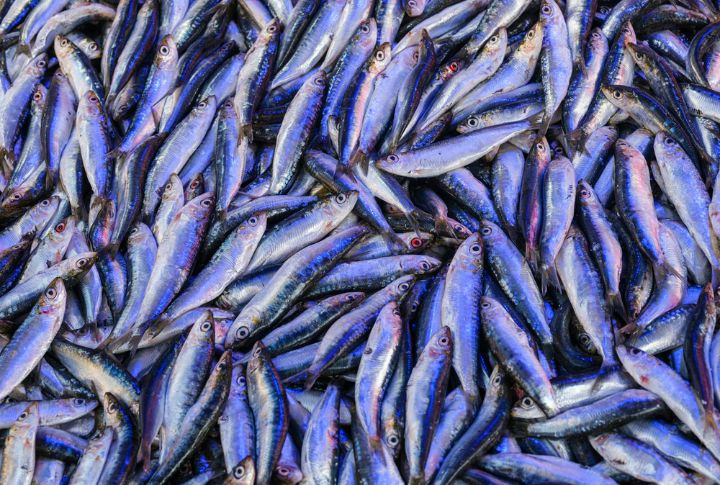
Sardines grow between 6 and 12 inches long, featuring a broader build and brighter silver scales compared to anchovies. Anchovies are small, around 3 to 5 inches long, with darker, slender bodies and a signature reddish hue when preserved.
Flavor Profile

Although they are both fish, the taste still differs. Sardines have a mild, slightly fishy flavor, perfect for those who enjoy a subtler taste. Anchovies, however, pack a punch with their saltiness and savory richness, often intensifying the flavor of sauces or pizzas. Your choice comes down to this: do you prefer a gentle flavor or crave a bold, savory kick?
Popular Culinary Uses
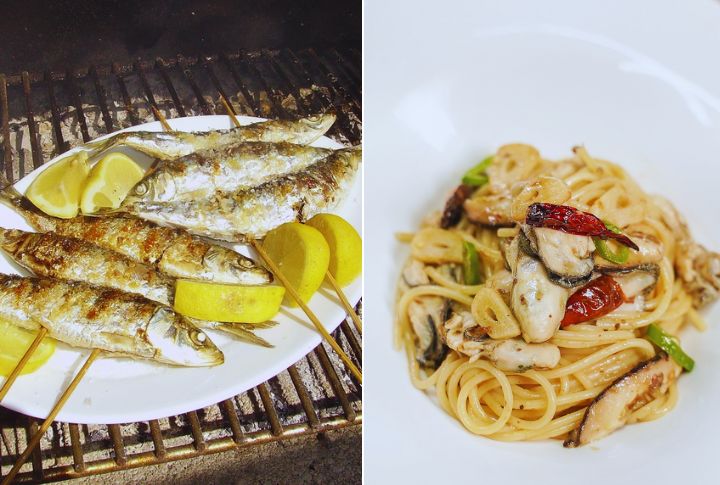
Sardines play a key role in Mediterranean diets, enjoyed grilled, smoked, or tossed into fresh salads. Anchovies, on the other hand, are staples of Italian cuisine, lending bold flavor to dressings like Caesar and enriching pasta. Each fish brings a distinct signature to different regional dishes.
Texture
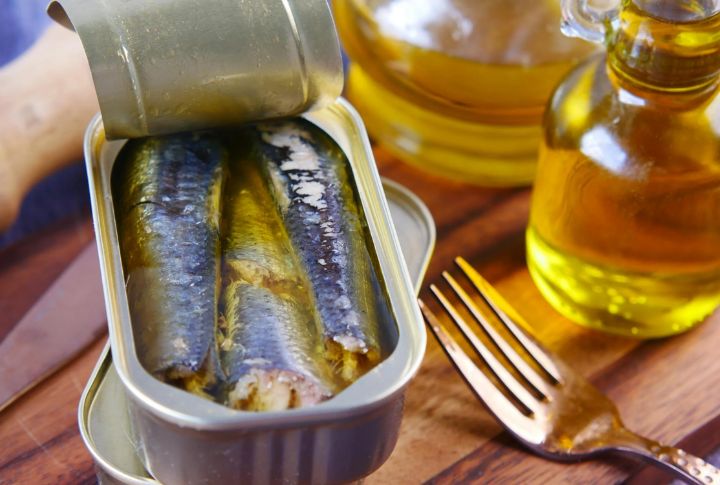
In terms of texture, sardines are firm and meaty, which allows them to hold up well in dishes where you want a significant chewing texture. In contrast, anchovies are much more delicate, breaking down into sauces or enhancing dishes without being noticed as a whole.
Environmental Sustainability And Fishing Practices
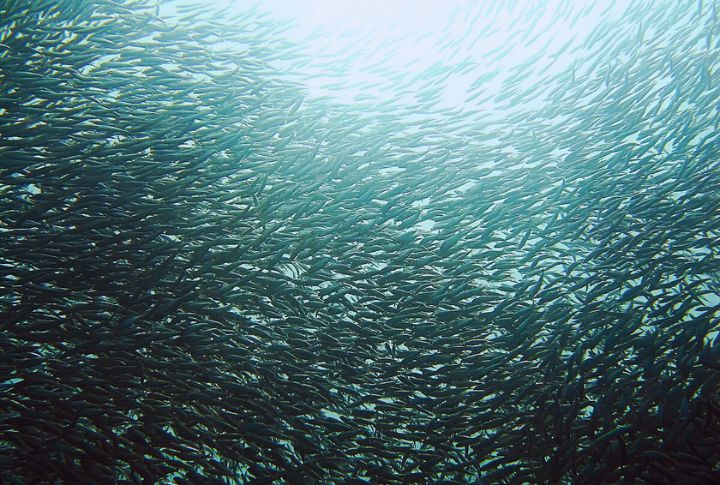
Sustainability plays a role when choosing between these two fish. While sardines are generally more sustainable due to their abundant populations, anchovies are often caught through more intensive practices that can strain their numbers. Opting for sardines helps ensure a healthier ocean ecosystem.
Pricing In US Grocery Stores
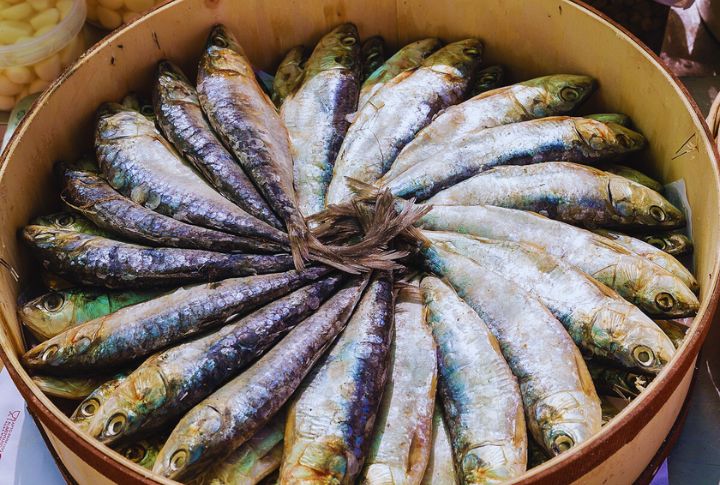
If you’re watching your budget, sardines are typically more affordable than anchovies. Canned sardines often come in larger servings at a lower price, which makes them a cost-effective choice for households. Anchovies, especially in premium or imported forms, may be more expensive but provide concentrated flavor in smaller quantities.
Preservation And Storage Methods

Canning is a common preservation method for sardines, as it extends their shelf life without sacrificing flavor. Anchovies, preserved in salt or oil, require careful handling to maintain their intense taste. Both fish types need proper storage, but sardines tend to have a more straightforward preservation process.
Dietary Profile

Selecting the right fish depends on your nutritional goals. Sardines deliver protein, calcium, and heart-friendly omega-3 fatty acids, supporting bone health and heart function. Anchovies, while smaller, also offer omega-3s and are rich in iron and niacin, making them a surprisingly healthy choice beyond just adding bold flavor.
Sodium Content

Anchovies, especially when cured or packed in salt, have significantly higher sodium levels compared to sardines. Although sardines naturally contain some salt, anchovies’ intense curing process dramatically raises their sodium concentration. So, people on a low-sodium diet should be careful.
Mercury Levels
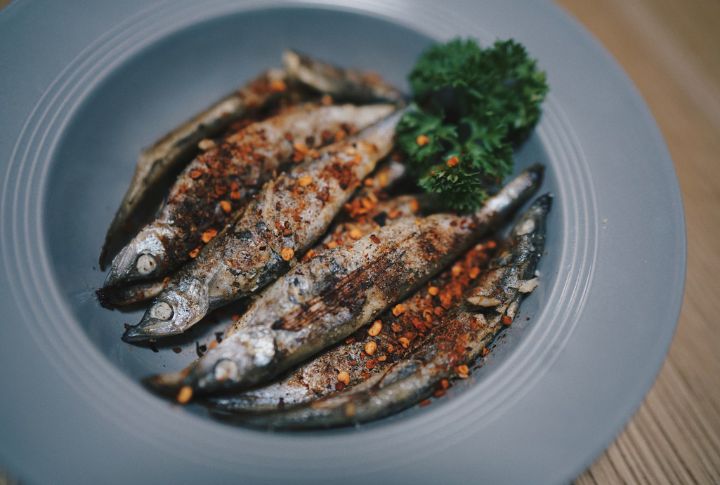
In contrast to anchovies and other fish, sardines usually have lower mercury levels. Their shorter lifespan and lower position on the food chain help limit mercury accumulation. This makes sardines a safer and more frequent option for those mindful of mercury intake.
Leave a comment